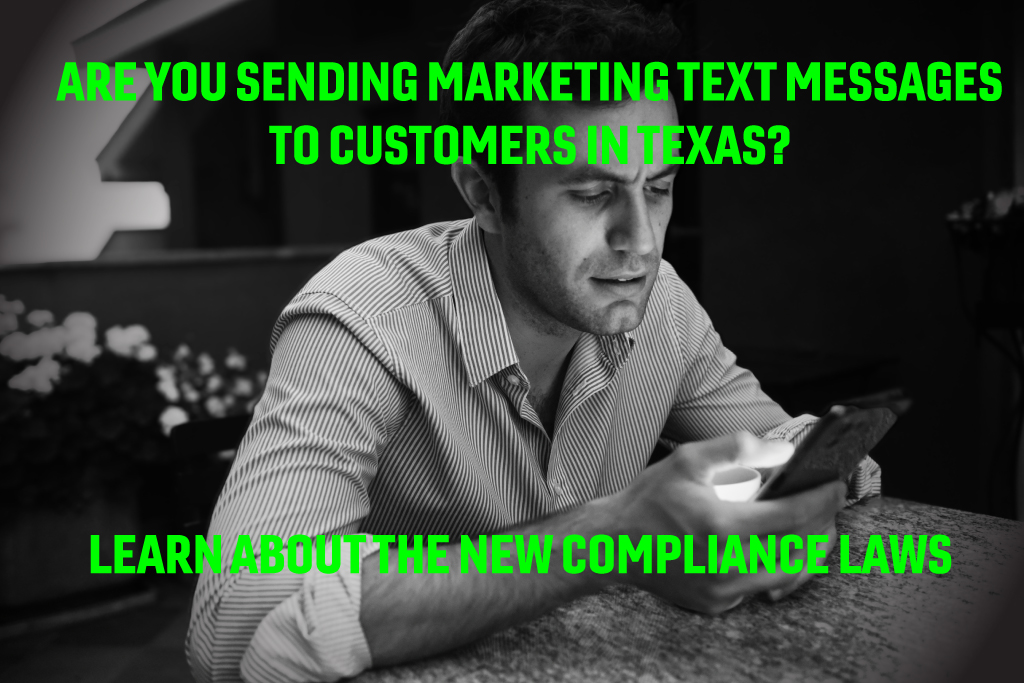No matter how stellar your marketing materials and efforts are, if your customers have a difficult customer experience, your sales will suffer. This is not just advice for online, but for in-person interactions too.
Don’t Be Difficult!
Now what does being difficult really mean? It means don’t be difficult to do business with. I see this being executed in a number of ways:
#1) Answering Questions and Contacting You in General.
Having contact information or a form buried deep down in the hierarchy of your website makes it frustrating for people to reach you. Your customers don’t just need to contact you for support or help, they could need any number of things. If they have a few questions on how your product or service will ultimately fit their needs, sometimes your online demo or screen shots just won’t cut it. “But we have a FAQ page”……don’t be antisocial. You can’t possibly cover each and every application and how it will fit their needs ahead of time. Making your customers search endless support documentation and forums to find the answer to their question themselves isn’t their job, it’s yours. Be there for them, and make it EASY for them to see how they can use your product or service in exactly how they need. Sometimes requiring your customers to use their imagination will result in misunderstandings, unfulfilled expectations, or missed opportunities.
#2) Hiding Your Pricing, or Making it Difficult For Them to Find it.
I’ll tell you a story of an experience I recently had to paint you a picture for this topic. I was recently checking out different cloud-based marketing and content project management/scheduling platforms. I was eyeballing four solutions that had recently popped up on my radar, and all four completely different. Two of them offered up their pricing online, and since I knew the pricing would be reasonable and fit into the average business’s budgets, I tried out their free trials. This was huge because I was able to actually put in information and tasks myself, see the workflow, and what the capabilities were. The free trial definitely added the benefit of me knowing if the solution would be appropriate to recommend to a client with those needs.
The other two however, didn’t offer up pricing, but I was still interested in learning more. The first didn’t have an online demo or tour, and opted for feature lists, screen shots, and a brief marketing video. I filled out a “request demo” form and waited for them to contact me. When they did, they were so hung up on me first telling them everything about my business and how I manage my current content they wouldn’t tell me anything about them. After three email exchanges, no demo was scheduled and I still don’t have pricing. Because of this, I’ve moved on and didn’t followup. The second had a great interactive tour online. It walked you through everything and got you excited about the capabilities. I was absolutely interested in learning more, including price. I waited 2 days for a followup phone call after the completion of my tour, only to find out the starting price was over $100,000. I wonder how many companies waste their time not knowing the price is way outside of their budget?
Point of the story is I wasted a lot of time jumping through hoops to find viable solutions. The two that made it easy, I was diving in quick to their solution and trying it out for myself. The other two were secretive, it was difficult to actually get a person in a timely manner, and shockingly to even tell me the details I was interested in.
#3) Having a Confusing E-Commerce Experience.
This stems off of #2, but is directed a bit more towards people purchasing products. Make sure there is enough information about the product, the actual purchasing experience is straightforward and clear (like shipping cost & details), and they get proper confirmation emails/notifications. There are many scam e-commerce websites out there selling products. If you don’t have a professionally designed and functioning online store, it could then create doubts on your validity.
#4) Forgetting Purchasing Documentation is For Your Customers.
This goes for quotes, invoices, receipts, etc. Provide all the details and make them easy to read – it shouldn’t look like code to someone who doesn’t work there. They shouldn’t have to guess what things are and what’s included.
#5) Having Inconsistent Hours or Hours That Make You Unavailable at Key Times.
Know your area and know when your customers are available to interact with you. 8-5 hours may not work for your customers and limit your success. Market research and actually polling your customers would be beneficial to help you come up with times that work for your staffing budgets AND your customers.
#6) Involving Way Too Many People in the Purchasing Process, Too Early.
Don’t get people from three departments to do the general demo or fact finding conversation with someone, until it’s necessary. Have one person, maybe two at the most, to do the initial contact and then stick with the customer throughout the buying process if it’s going to be a complicated one. I’ve sat through custom software development meetings where we’ve talked to a new person each time a different topic or function comes up in the integration. It became complicated and we lost the ability to build trust with one person that knew everything to guide the process along.
#7) Don’t Be Vague & Provide Value.
Consumers and businesses don’t spend their money easily. People aren’t banging down your door to hand you money for something without knowing what they’re getting. Provide in-depth details for what you’re offering, and make it easily accessible. In this technological world we live in, there are a million options and tons of information available at your fingertips. Explain what makes you unique and spell out the value they are getting with you. Otherwise they’ll move on to a clearer source that makes it easy to understand. One great way of providing value is producing support documentation yourself…for free. They’ll keep turning to your channels to view how-to videos and content instead of the random person on YouTube. Then you can actually control the content that gets put out, be a trusted source of information, and be aware of bugs and customer service issues to get in front of them faster.
#8) Don’t Judge Your Customers and Their Potential Purchasing Power.
We’ve all been there, you were vigorously cleaning your house all day and remembered you had a few errands to run. You maybe opted to just stay in your jeans that you used to paint your living room and your favorite, comfy 10 year-old sweatshirt and run out. You go into a store and you feel judged by the staff. Judged as in maybe that they don’t believe you’ll actually buy anything based off of your appearance. This is wrong no just because it’s not nice, but it’s also wrong because you have no idea what’s in their bank account and/or how bad they actually need what you’re selling.
Judging your customer could also translate into you not willing to waste your time talking to the “low man” on the corporate ladder, and only being interested in people with purchasing power. Longterm, those will be the people moving up to be purchasers. If you introduce them to your great company and what you offer early, they’ll keep you in mind later on since they’re familiar with you. They may also already be a trusted resource in their company and could promote your solution internally, influencing the decision to purchase from you.
Conclusion.
Long story short, your customers aren’t supposed to be chasing after you to squeeze information out. You should be providing a buffet of information and knowledge to give them comfort that they are making a good purchasing decision with a company they can trust.
Have more examples on how companies make things difficult for their customers? Please share your experiences!




